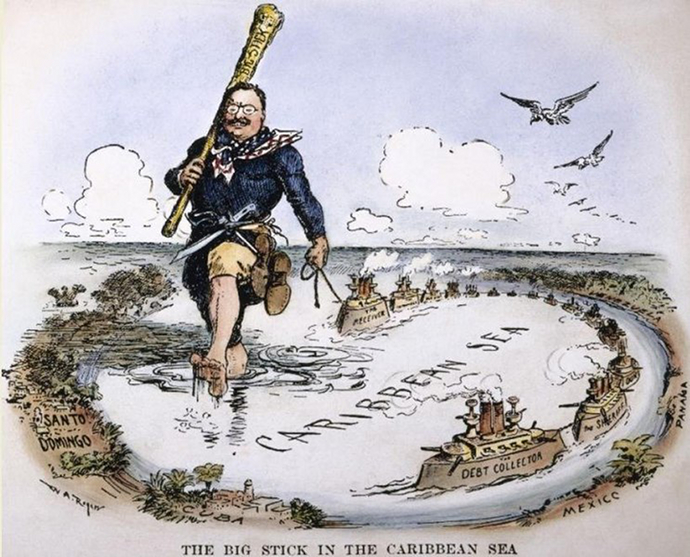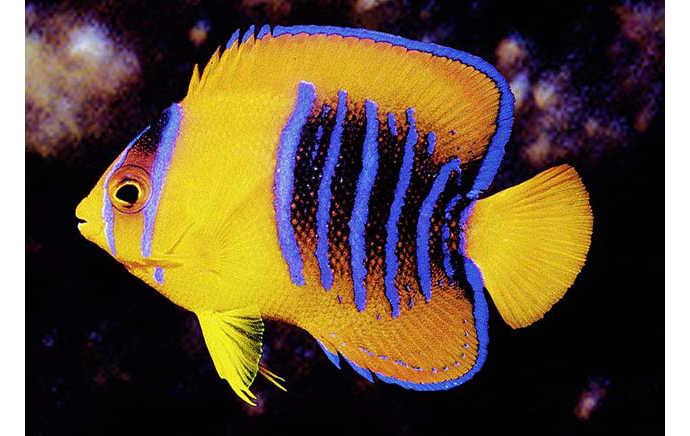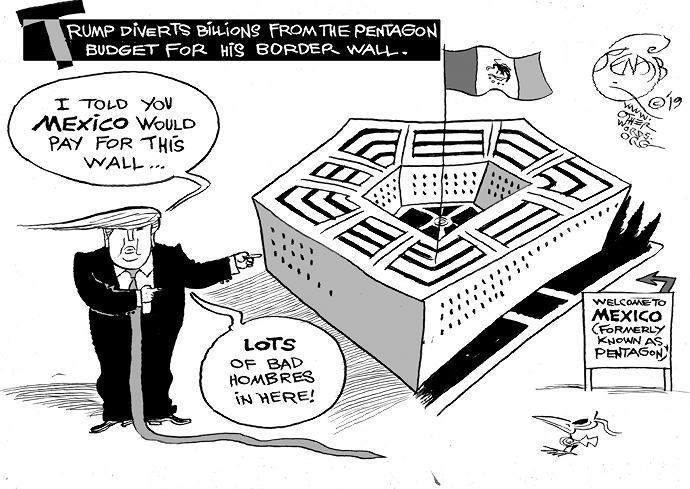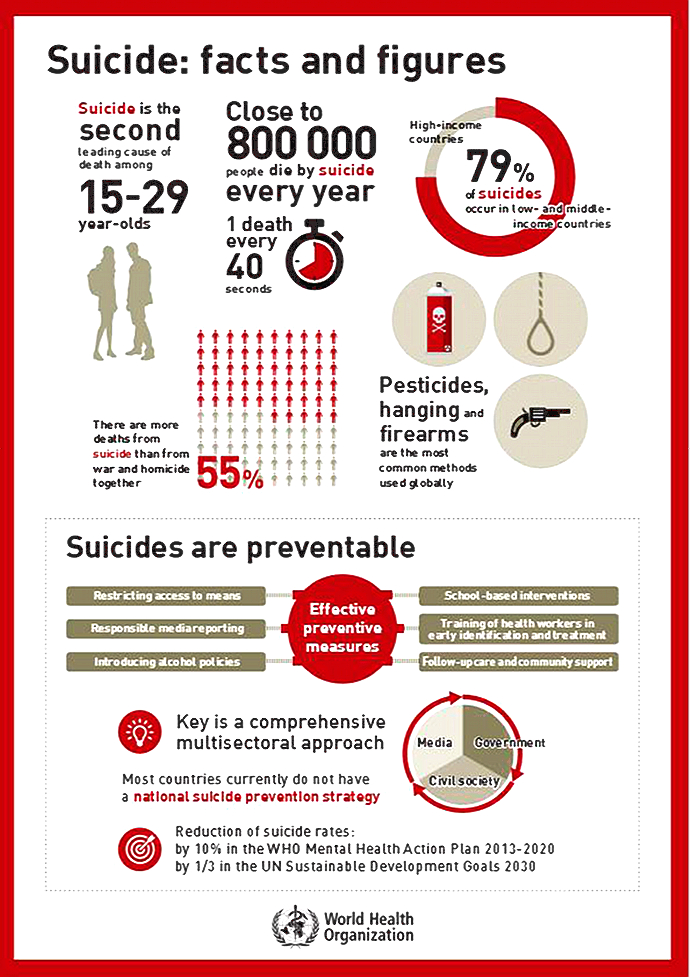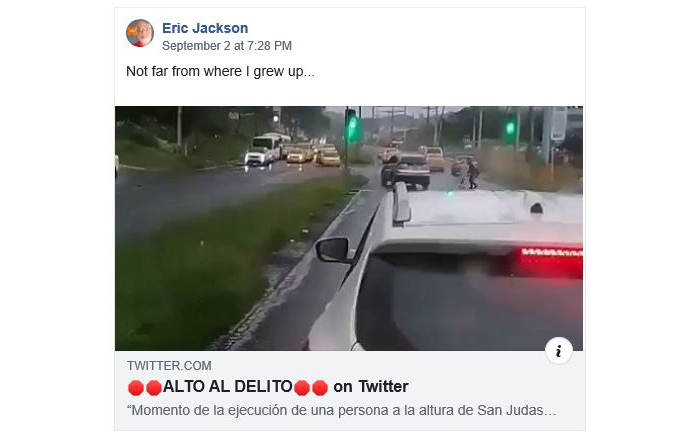¿Wappin? Crossroads of The World Mix / Mezcla de Las Cruces del Mundo
Encarnita “Kany” García de Jesús, who took time from the duties of career and family earlier this year to lend her voice to the movement for a sense of decency in Puerto Rican government.
Musical wanderings between two blue seas
Otis Taylor – Resurrection Blues
Nadja Kossinskaja – Oblivion
Prince Royce – Morir Solo
Kany García – Aunque Sea Un Momento
Beny Romero – Deambulando
Bob Marley & The Wailers – Burnin’ and Lootin’
Manchester Orchestra – The Silence
Romeo Santos, Monchy & Alexandra – Años Luz
Fausto & Los Rakas – Oye Oye
Carlos Martínez & Los Mozambiques – El Presidiario
Playing for Change & Nattali Rize – Rasta Children
Yuri & Natalia Jiménez – Una Mentira Más
Samantha Fish – Either Way I Lose
Café Tacvba – Volver a Comenzar
Lizzo – NPR Music Tiny Desk Concert
Gandásegui, Debt chains
Teddy Roosevelt and his big stick. 1904 cartoon by William Allen Rogers.
Latin America and the USA: chains of debt
by Marco A. Gandásegui hijo
Like a wounded beast, the US government is hitting out in all directions. Simultaneously, it launches its attacks against China and Iran. The fury is also directed at their allies. The Latin American countries are those that have suffered the most from the bravado of the wounded beast. Cuba has been blockaded by the United State for 60 years. Venezuela has just become the object of an ’embargo’ (blockade) that aims to suffocate the Bolivarians. But the other Latin American countries are also under attack.
The most-used US weapon is the economic one. The first country to fall under the clutches of US banks was Haiti, more than 200 years ago. When the Caribbean country became independent from France, it sought help in Washington but the slave-owning governments turned their backs on it. The ex-colony that exported sugar was blocked and subjected to an embargo by France and the United States. From being the richest country in the Americas at the dawn of the industrial revolution, Haiti became, to this day, one of the poorest countries in the world.
The same thing happened to Argentina. From the most prosperous country at the beginning of the 20th century, today it has become the most indebted. The stores are empty and Argentine families go hungry in a country that recently fed the world. Loans from the International Monetary Fund (IMF) are sinking it deeper and deeper every day.
The Andean countries are in a crisis that seems to have no solution. Chile only exports copper and is dependent on international prices. Its health, education and social security systems have gone bankrupt, farmers see no future and the indigenous (Mapuche) population is repressed in order to dispossess them of their lands.
Peru is the richest country in minerals in the region, but corruption has put its latest presidents in jail. The current president wants to move the elections forward to get out quickly of what he feels is a trap. Moreover, he has to deal with the Lima Group created by the United States to conspire against the Bolivarian government of Venezuela.
Ecuador became lost in the US-generated labyrinth that is also turning the Galapagos Islands into a military base. Colombia is the saddest case in Latin America. Invaded by the United States, forced into debt to buy billions of dollars in combat weapons and organized to produce cocaine for the US market.
The largest country – Brazil – is going through a moment of uncertainty with a corrupt government that depends on the support of the exporting land-owing oligarchy, the US Embassy and a nationalist military caste. It is an explosive combination that represses the urban poor, peasants and indigenous peoples.
The exceptions in this gloomy picture of South America are Bolivia and Uruguay. Bolivia has a national development plan that exploits its natural resources and invests in the education and health of its population. Uruguay has a democracy that the United States wants to destroy – without success – in order to submit it to its policies of indebtedness.
Mexico and Central America have been the object of experiments of all kinds by US corporations. The US-Mexico Trade Agreement (NAFTA) destroyed the Aztec country’s agriculture and forced the most impoverished sectors to migrate to the northern country where they are exploited by large agricultural estates for wretched wages. Having exhausted the Mexican labor force (mostly of indigenous extraction), it is now uprooting Central Americans from their countries of the so-called Northern Triangle. Meanwhile, it has destroyed the political and social institutions of Guatemala, El Salvador and Honduras. The United States accuses Mexico and Nicaragua, which are resisting the White House offensive, of being potentially dangerous countries for US national security.
Puerto Rico, a US colonial aberration, subject to a Management Board, should take advantage of this political juncture to negotiate its independence. Panama has been trying to negotiate a trade agreement with China since 2017, but Washington positioned itself in front of the Canal with a gunboat. Panama’s negotiating capacity is being tested.
Relations between the United States and Latin America are explosive. Everything indicates that the crisis of hegemony that the United States is going through does not allow it to maneuver to change course. It will be up to the countries of the region to break the chains that subject them to the policies of indebtedness.
Contact us by email at fund4thepanamanews@gmail.com
These links are interactive — click on the boxes
Smithsonian informa: Un Facebook para peces
Holacanthus clarionensis. Photo by Ross Robertson — STRI
La inteligencia artificial distingue
a los guppies de los meros
por Soniia Tejada — STRI, fotos por Ross Robertson — STRI
La Inteligencia Artificial no necesita ojos para distinguir diferentes especies basadas en imágenes. El científico de STRI, D. Ross Robertson trabaja con nuestra Oficina de Tecnología de la Información para desarrollar formas de identificar peces a su respectiva especie.
La próxima vez que Facebook te sugiera un nombre para alguien en una fotografía que publiques, considera cómo la empresa identifica a más de 2 mil millones de usuarios, a sus amigos y parientes. Los sistemas de reconocimiento facial comparan características compuestas tales como la longitud y el ancho de la nariz, además de otras características con información sobre individuos conocidos almacenados en una base de datos.
Los primeros sistemas de reconocimiento facial se desarrollaron a fines de la década de 1960. Ahora Facebook usa un software llamado DeepFace capacitado para reconocer rostros basados en 4 millones de imágenes de Facebook y se menciona que es un 97 por ciento preciso. Estos sistemas de software están lejos de ser perfectos. El sistema Rekognition de Amazon identificó a 28 miembros del Congreso de EE. UU. Como delincuentes en base a las pruebas de la Unión Estadounidense de Libertades Civiles (ACLU, por sus siglas en inglés) en un umbral de confidencialidad predeterminado del 80 por ciento. Los sistemas más nuevos analizan imágenes en 3D o usan imágenes térmicas para evitar la confusión causada por el cabello o las gafas de sol.
Tradicionalmente, los taxónomos de peces generalmente trabajan a través de una clave que proporciona una serie de opciones para comparar características como el tamaño de la forma, el número de aletas y branquiespinas, los patrones de escamas en el cuerpo y las marcas de color hasta que, por un proceso de eliminación, llegan a una única identificación de la especie. Ahora la inteligencia artificial ofrece una nueva forma de hacerlo, y mucho más rápida que antes.
En STRI, el ictiólogo D. Ross Robertson y el programador de web Eugenio Valdés se unieron para crear un sistema de reconocimiento de imágenes para peces del Caribe basado en más de 75,000 imágenes de entrenamiento de aproximadamente 1600 especies diferentes de esa área.
“Estamos utilizando dos API (interfaces de programación de aplicaciones), una proporcionada por la compañía estadounidense Wolfram Alpha y nuestra propia implementación de VGG-19, la Very Convolutional Network para el reconocimiento visual a gran escala desarrollada por el Visual Geometry Group en el Departamento de Ciencias de Ingeniería, de la Universidad de Oxford, utilizando Keras, una biblioteca de Machine Learning escrita en lenguaje de programación Python”, comentó Valdés. Los entrenaremos en el mismo conjunto de imágenes para ver qué API hace un mejor trabajo clasificando a los peces”.
“Nuestro objetivo es que el usuario arrastre y cuelgue una foto de un pez en un cuadro en una página web que luego proporcionará una lista clasificada de posibles especies de peces. Cuantas más imágenes, como estas de entrenamiento proporcionas a API, mejor se vuelven”, comentó Robertson.
Estas API evalúan una serie de capas de la imagen, primero haciendo una evaluación aproximada y luego evaluando la información en una imagen a escalas cada vez más finas.
Robertson ha estado recolectando imágenes de peces durante casi 30 años y ya ha producido aplicaciones gratuitas de identificación de peces disponibles como sitios web y para teléfonos móviles a través de iTunes y Playstore, tanto para el Caribe como para el Pacífico Oriental.
“Realmente no sabemos qué características utilizarán las máquinas para clasificar las imágenes como especies diferentes”, comentó Robertson. “Es posible que se den cuenta de lo que nos parece que son características ridículamente oscuras o poco llamativas, esenciales para la capacidad de la IA para distinguir una especie de otra que nunca utilizaríamos para identificar peces”. Los colores mientras son juveniles, de las hembras y adultos de la misma especie pueden ser muy diferentes, pero, en las pruebas preliminares, una API generalmente no se confunde con eso. Será interesante ver cómo lo hacen con especies como los peces lombriz o los meros que pueden tener una tremenda variación de color tanto dentro como entre las especies”.
Pronto podremos tomar la foto de un pez en el supermercado, en un arrecife en las Bahamas y un asistente virtual (como Siri) susurrará su nombre en nuestros oídos.
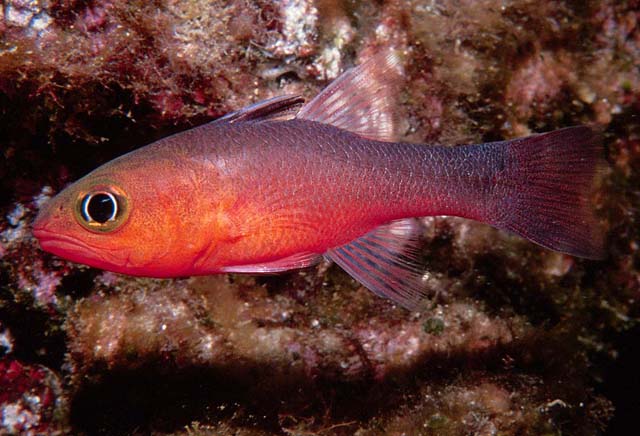
Apogon atricaudus.
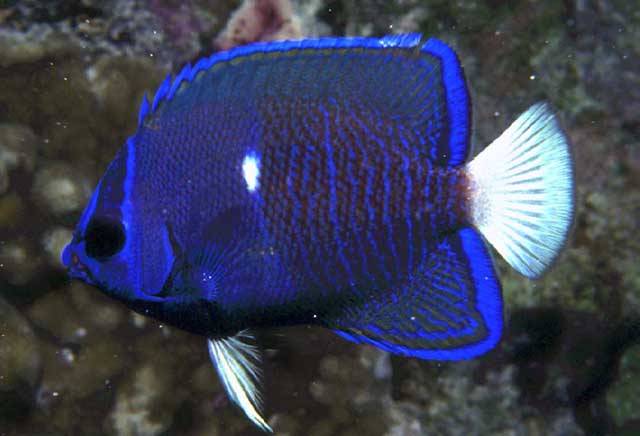
Holacanthus limbaughi.
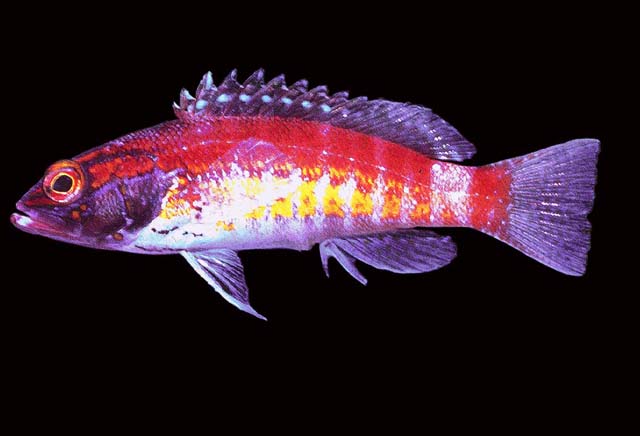
Serranus tico.
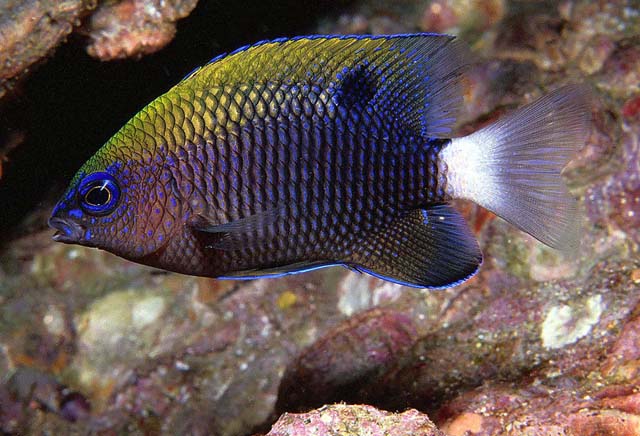
Stegastes leucorus.
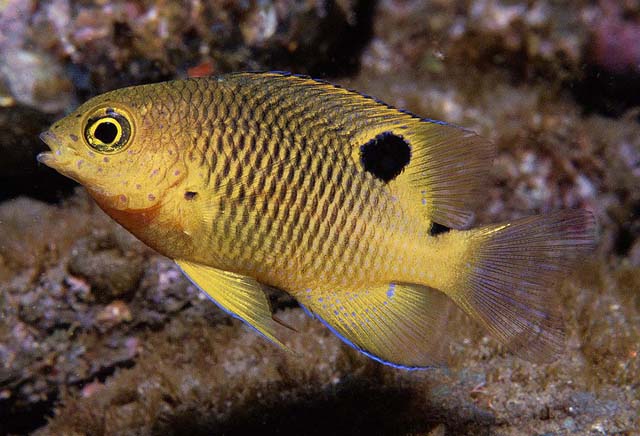
Stegastes redemptus.
~ ~ ~
Estos anuncios son interactivos. Toque en ellos para seguir a las páginas de web
Bendib, El Pentágono
Cartoon by Khalil Bendib — OtherWords.
Contact us by email at fund4thepanamanews@gmail.com
These links are interactive — click on the boxes
Bachelet: Climate change an unprecedented human rights threat
“The window of opportunity for action may be closing—but there is still time to act.” UN human rights commissioner and former Chilean President Michelle Bachelet. Wikimedia photo.
‘World has never seen a threat to human rights of this scope,’ UN rights chief says of climate emergency
by Andrea Germanos, Common Dreams staff writer
“We are burning up our future—literally,” the United Nations human rights chief said Monday, as she called the climate crisis a “rapidly growing and global threat to human rights.”
In fact, said UN High Commissioner for Human Rights Michelle Bachelet, “The world has never seen a threat to human rights of this scope.”
Bachelet’s warning came in her remarks to the Human Rights Council on the opening day of the body’s September session in Geneva.
No corner of the globe is untouched by the impacts of the warming planet, said Bachelet, noting that the crisis is already worsening hunger, conflict, and extreme weather. Among the current manifestations are the burning of the Amazon rain forest, the full impact of which “may never be known.”
While the fires’ impact may “catastrophic” on “humanity as a whole,” their worst effects, Bachelet said, “are suffered by the women, men, and children who live in these areas—among them, many indigenous peoples.”
The high commissioner also pointed to Hurricane Dorian, which devastated the Bahamas last week. The storm “accelerated with unprecedented speed over an ocean warmed by climate shifts, becoming one of the strongest Atlantic hurricanes ever to hit land,” she said, and took “a terrible toll on human life.” But worse could be yet to come for the Bahamas and other Caribbean nations, she said, as rising sea levels may submerge portions of the countries and unleash “an inestimable loss for humanity.”
Laying out some of the impacts of the crisis, she said:
WHO expects climate change to cause approximately 250,000 additional deaths per year between 2030 and 2050—from malnutrition, malaria, diarrhea, and heat stress alone. In many nations, chaotic weather patterns and other manifestations of our environmental emergency are already reversing major development gains; exacerbating conflict, displacement and social tension; hampering economic growth; and shaping increasingly harsh inequalities.
Environmental human rights defenders are performing “a great service… to humanity,” said Bachelet, yet they face violence and abuse, particularly in Latin America. One activist she noted by name was Swedish teen Greta Thunberg. Bachelet said she was “disheartened” by the verbal abuse levied at Thunberg and other young activists, “who galvanize support for prevention of the harm their generation may bear.”
“The demands made by environmental defenders and activists are compelling,” Bachelet added, “and we should respect, protect, and fulfill their rights.”
Bachelet stressed the urgency of climate action, saying, “The window of opportunity for action may be closing — but there is still time to act.” She pointed to the UN’s Climate Action Summit later this month as a moment when states should commit to “the strongest possible action to prevent climate change, and to promote the resilience and rights of your people in dealing with environmental harm.”
“Effective action on climate requires bringing the uncommitted and unconvinced into a shared, just, and truly international effort,” said Bachelet. “Human rights can help galvanize that movement.”
Contact us by email at fund4thepanamanews@gmail.com
These links are interactive — click on the boxes
Editorial: Nito’s party; and Trump’s failed peace talks
A disgusting pair, Colon mayor Alex Lee and legislator Bolota Salazar. The president could deal with them traditionally, by reducing their access to funds.
Short of constitutional change…
The PRD deputies in the National Assembly are putting on an ad campaign starring themselves, with online ads promising everything from a better life to getting climate change under control with a set of constitutional amendments. That wordy document never had anything to do with those things. It was proposed by business lobbies to freeze the economic order that favors them into place and is now being modified by the legislators into more durable licenses for themselves to steal.
A fairly obvious structural change to Panama’s constitutional system would be to have more frequent elections. Perhaps the presidency should be a once in a lifetime six-year term, but to make legislators’ and local officials’ terms two or three years and stagger the elections such that every year or two years at the most people go to the polls would diminish the hubris of those like Colon’s mayor who figure that they have five years to do whatever they want. It would also cut through that desperate feature of our political culture that leads people to believe that their only recourse with an unresponsive government is to block the roads. But the only traffic about which the deputies are truly concerned is smooth running for their personal gravy train.
Their constitutional gravy train might still carry them into the unforeseeable future. They intend to spend a ton of money on slick advertising for the YES campaign only, hire a bunch of party activists whether or not their services are needed and whether or not they can do the specified job, just so long as the work on the referendum campaign and – it may still not pass. Loot the public coffers and call anyone who questions it an envious queer and you might be surprised how many people will take it out on you, your party and anything that your party proposes or supports.
If President Cortizo had any sense he would discipline party members who sneer at the public in such fashion. Maybe he will but it looks doubtful. If there is to be no constitutional salvation from a mayor giving himself a raise that makes him better paid than the president, under the present system the nation’s chief executive could just ask a rhetorical question: “You pulled that stuff and NOW you expect money from the national treasury out of me?”

The guy doesn’t know how to deal
When the end of a long, ruinous and stalemated war is being negotiated, the violence typically does not end before a deal is signed. Then, once the deal is made and the belligerent forces are each in their own countries, there is very often some violent retaliation within those countries.
En route to closing a deal, it’s fairly standard for one or both of the warring parties to launch offensives to gain bargaining advantage or just to emphasize a point. The usual thing in that case is for the other party to retaliate, maybe proportionately, maybe more than that, and then at a certain point the talks resume.
Compare and contrast what Donald Trump and the Taliban are doing.
Were there secret talks? They should have been kept that way, especially when knocked off track by a Taliban bombing. Instead Trump took that attack – an awful one but par for the course of an awful war — as an opportunity to break secrecy and announce an end to the peace process. Perhaps it was a gesture by a president who can’t and perhaps never intended to make peace to show people that he tried. His core supporters will eat it up but few others will be convinced.
The war in Afghanistan is a long-running atrocity that needs to end. The forces on the ground say that when the US and allied forces leave the Taliban will dominate the country, for better or worse.
A US government with any sense of honor and any hope of getting people in other places to work with it will take a lot of Afghans who worked with the Americans to the United States for them to avoid the postwar retaliation. Bigots, racists and xenophobes will hate it, but that’s what America should do. Looks like it will have to be a Democratic president who does it.
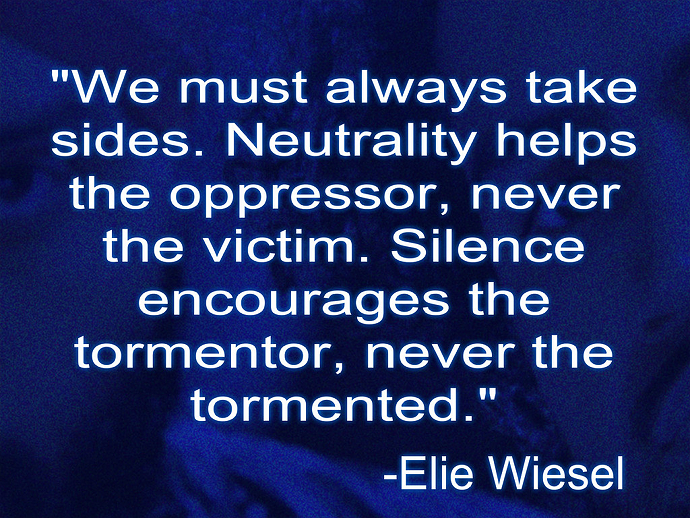
Bear in mind…
What you do makes a difference, and you have to decide what kind of difference you want to make.
Jane Goodall
Skeptical scrutiny is the means, in both science and religion, by which deep insights can be winnowed from deep nonsense.
Carl Sagan
Mothers are a biological necessity; fathers are a social invention.
Margaret Mead
Contact us by email at fund4thepanamanews@gmail.com
These links are interactive — click on the boxes
PRD to the rest of the World: “Eat me, queer!”
INACEPTABLE que el alcalde de Colón Alex Lee se refiera a quienes cuestionan su auto-aumento de salario como "maricones envidiosos". @AHMNPLGBT @ANHPanama @DefensoriaPan pic.twitter.com/XgCc6PUffh
— Eduardo ☮️ 🍉#VidaDigna🦋 🦋 🦋 (@FarraUrbana) September 9, 2019
Colon’s PRD Mayor Alex Lee responds to questions about giving himself a large raise, accompanied by PRD legislator Jairo “Bolota” Salazar. The raise makes the mayor’s salary and perks $14,000 per month now — more than the president of Panama makes. The homophobic chant comes on the heels of years of foreigner-baiting, legislative proposals to drive foreign music off of Panamanian radio and create a registry of women who have miscarriages, use of the international religious far right’s signature jargon, and a media campaign by the ruling party’s xenophobe-in-chief that uses fake persona trolls from abroad — and Russia’s RT video channel — to spread hate messages around the world in the name of Panama.
Who will Nito blame when the tourists stop coming to Panama because of stuff like this?
by Eric Jackson
‘Ridiculous,’ some will say. ‘The Democratic Revolutionary Party (PRD) is a member of the Socialist International. They’re center-left, not far right.’
Yeah, and Benito Mussolini began his rise to power as the editor of a Socialist newspaper, too.
Panamanian President Laurentino “Nito” Cortizo did smash the challenge of legislator Zulay Rodríguez in the PRD presidential primary. But Zulay, head of the PRD Women’s Federation and Vice President of the National Assembly, does pretty much set the agenda for the party and its allies in the legislature and the tone of its public pronouncements. Cortizo has not seen fit to differ with her or them.
The world situation is shifting. It might not be reasonable to rule out Nito Cortizo walking in the footsteps of Brazil’s Jair Bolsonaro. Listen to the PRD mayor of the city at the Atlantic entrance to the Panama Canal, and hear the silence of the president of his own party.
These links are interactive — click on the boxes
Kermit’s birds / Las aves de Kermit
Stripe Tailed Hummingbird / Collibrí Colirrayado / Eupherusa eximia
Photographed in Cerro Punta, Chiriqui, Panama at 6,338 feet above sea level.
The Stripe Tailed Hummingbird
photo © Kermit Nourse
This hummingbird is only found in high areas in the western Panama provinces of Chiriqui, Bocas del Toro and Veraguas. Most often they feed in the understories of cloud forests above 5,000 feet, but they will be found lower than that especially in Bocas and Veraguas, and they also come out to forest edges, highlands orchards and the gardens and feeders of highlands homes. This bird ranges from southern Mexico to western Panama.
~ ~
El Colibrí Colirrayado
foto © Kermit Nourse
Fotografiado en Cerro Punta, Chiriquí, Panamá a 1932 metros sobre el nivel del mar.
Este colibrí solo se encuentra en áreas altas en las provincias occidentales de Panamá de Chiriquí, Bocas del Toro y Veraguas. La mayoría de las veces se alimentan en los sotobosques de los bosques nubosos a más de 5,000 pies, pero se encontrarán más bajos que eso, especialmente en Bocas y Veraguas, y también salen a los bordes de los bosques, los huertos de las tierras altas y los jardines y comedores de las casas de las tierras altas. Esta ave se extiende desde el sur de México hasta el oeste de Panamá.
~ ~ ~
These announcements are interactive. Click on them for more information. Estos anuncios son interactivos. Toque en ellos para seguir a las páginas de web.
Can crimes in places high and low shock Panama?
A 14-second video of a mid-afternoon shooting at a traffic light on the Transistmica at Colon’s San Judas neighborhood on September 2 went viral on Twitter until it was taken down. This is a still from it. The two men in the road ahead fired into the car stopped to make the turn, wounding the driver and passenger, then ran away in different directions. Police say they quickly caught the two gunmen.
Crime in the streets and in the suites dominates Panama’s news
by Eric Jackson
Low places
In the sex and death tabloids, the big crime stories have been coming out of Colon. On September 2, a broad daylight shooting in the busiest of places. Looks like a gang hit, but authorities are not saying. Then on September 6, maleantes invaded the battered and displaced women’s shelter that the Sisters of Mercy run, robbing the women there and when the police showed up holding them hostage.
Earlier, Security Minister Rolando Mirones had announced that a Varela administration task force among many law enforcement components that had been making sweeps through Colon would be disbanded. That was Joint Task Force Aguila. But Mirones turned right around created Task Force Alfa, which has been making sweeps through Colon. Much of that change was driven by arguments about the shape and membership of the law enforcement command structure here, but the old police notion of sending out great numbers of officer to round up the maleantes when things get too outrageous still prevails.
Municipal authorities in Colon also took recourse to another traditional response to garden variety crime waves. They declared a curfew for minors between 8 p.m. and 6 a.m.
High places
In the wake of Ricky Martinelli’s spurious acquittal and his subsequent threats against everyone who has prosecuted or written about his crimes, the courts have mostly continued to set people free in cases of public corruption. Most recently we have been treated to the news that on some procedural ground Panama paid $40 million for a Tonosi Valley irrigation system that we didn’t get, the money was laundered through the defunct Financial Pacific brokerage firm, a Securities Superintendency investigator was disappeared and there will be absolutely zero accountability for any of that. Except, of course, if prosecutors can find a way to appeal and the high court changes its stripes or its personnel.
That, however, has been overshadowed by a series of investigative reports in La Prensa and some prosecutors’ announcements following upon that. Last year some Israeli private investigators recorded attorney Janio Lescure boasting about his ability to bribe people in the Panamanian legal system and a brief report issued this past January. That, however, was far from the end of the story. La Prensa, and apparently prosecutors, have been digging all this time. NOW high court magistrate Oydén Ortega Durán has been named in La Prensa for taking bribes — he denies it — and his son Oydén Ortega Collado is under criminal investigation for related influence trafficking.
The press reports are that four Supreme Court magistrates have been named. The Public Ministry has assigned the case to the organized crime prosecutor’s office, but when it comes to magistrates themselves only the National Assembly has criminal jurisdiction.
President Cortizo has a bunch of vacancies to fill on the court, and scandals may give him more. The problem might be that legislators who don’t want the high court acting on allegations against members of the National Assembly might seek to prevent that by declining to act against members of the Supreme Court, which has criminal jurisdiction over legislators.
These links are interactive — click on the boxes









